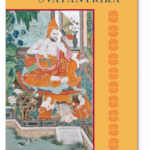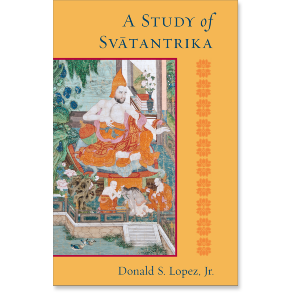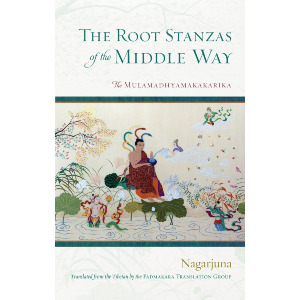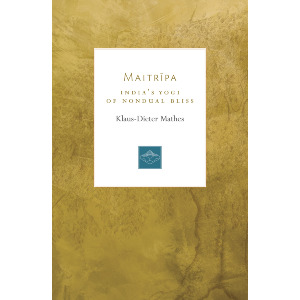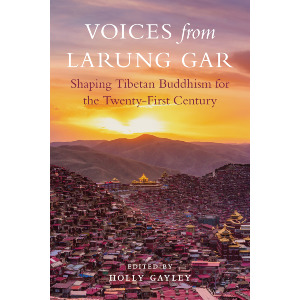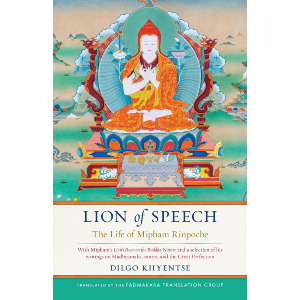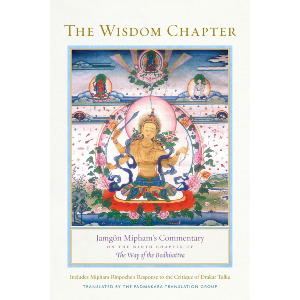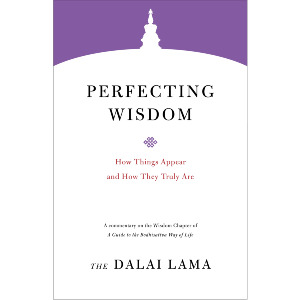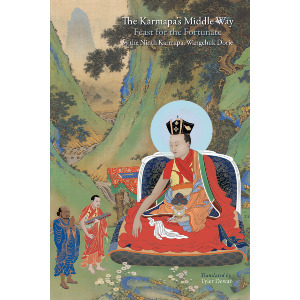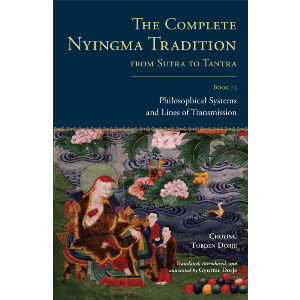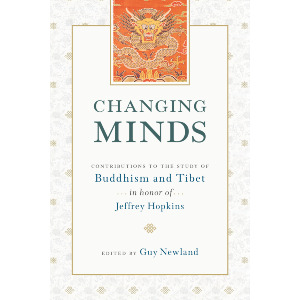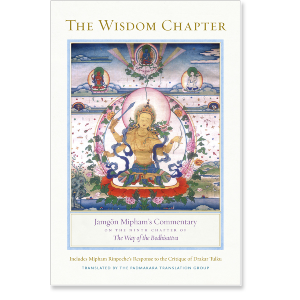| The following article is from the Spring, 1987 issue of the Snow Lion Newsletter and is for historical reference only. You can see this in context of the original newsletter here. |
In the Lankavatara Sutra the Buddha says:
My dharma is of two types: Advice and philosophy.
To children I give advice
To yogis I teach philosophy.
Tibetan lamas are fond of quoting this passage to indicate the importance of studying the various schools of Buddhist philosophy as a component of the practice of the dharma. Buddhism is very much a call to analysis, not merely of theoretical abstractions, but of the most fundamental components of existence, beginning with questions concerning the nature of the self and extending that analysis to all phenomena. Because of the importance of bringing one's understanding of these questions to the most profound level, it is rarely sufficient simply to accept the Buddhist pronouncements on faith; philosophical positions must be analyzed in detail from a variety of perspectives in order to arrive at an appreciation of both their subtlety and their implications.
One of the most valuable contributions of Tibet to Buddhist thought is the perspective brought to the study of Buddhist philosophy by the textbooks which chronicle the tenets of the Indian Buddhist schools of thought. The most extensive of these are the works of Jam-yang-shay-ba (1648-1721) and Jang-gya (1717-1786). These compendia of Buddhist doctrine look back over the development of Indian Buddhist thought and catalogue the positions of the Hinayana and Mahayana schools around three major questions: What is the nature of the world and how is it known? What is the path to freedom from suffering? What is the nature of the state of freedom? Tibetan lamas discern a progression in the subtlety, sophistication, and veracity of the answers to these questions in the four major Indian schools and their sub-schools, beginning with Vaibhasika, and then moving on to Sautrantika, Cittamatra, and finally Madhyamika. The lowest of the four schools, Vaibhasika, upholds a position far more radical than the naive realism of ordinary experience and sets forth views of impermanence and selflessness that are essential for the understanding of the Madhyamika view of emptiness. Indeed, it is impossible to comprehend the full implications of the Madhyamika critique without having an appreciation of the philosophical context of the schools in relation to which the Madhyamika was proclaimed.
We think that our new publication, A Study of Svatantrika by Donald S. Lopez, Jr., marks an important contibution to an understanding of the Madhyamika school. The Madhyamika is considered to have had two sub-schools, Svatantrika and Prasangika. The Prasangika school, which is generally deemed by Tibetan scholars to be the highest school of Buddhist philosophy, is better known than Svatantrika, in part because the major work of its founder, Candrakirti's Clear Words (Prasannapada), is available in Sanskrit while the major Svatantrika texts are preserved only in Tibetan translation. In preparing this Study of Svatantrika, Lopez has consulted the major Indian works of the Svatantrikas as well as Tibetan expositions of the school to produce the most extensive examination of this influential system available in the West. In addition, he has explained in some detail how the progression from Vaibhasika to Prasangika is understood by scholars of the Geluk school.
The study of Svatantrika is important for both historical and philosophical reasons. The Svatantrika was the first Indian school to be expounded in Tibet, by such renowned scholars as Santaraksita and Kamalasila. The Svatantrika delineation of the structures of the Hinayana and Mahayana paths traditionally formed one of the major components of the Tibetan monastic curriculum, while Madhyamika reasonings developed by Svatantrikas, such as the reasoning of the one and the many, are among the most potent methods for coming to a conceptual understanding of emptiness. Furthermore, an appreciation of the Svatantrika positions on the nature of emptiness and the practice of path, apart from its intrinsic value, is crucial for an understanding of Prasangika. Svatantrika, the second highest school of Buddhist philosophy, is the school in contradistinction to which Prasangika defined itself. Indeed, it is on the basis of statements by Candrakirti that the names Svatantrika and Prasangika were coined. Without understanding the Svatantrika position on the nature of emptiness, it is impossible to appreciate the full force of Prasangika, a school in which, according to the Dalai Lama, things hardly even exist.
[A Study in Svatantrika]
Table of Contents
EXPOSITION
1.The Middle Way
2.Svatantrika and Prasangika
3.The Root of Cyclic Existence
4.Ultimate Existence
5.The Reasoning Consciousness
6.The Two Truths
7.An Overview of the Svatantrika System
TRANSLATION OF THE SVATANTRIKA CHAPTER OF JANG-GYA'S PRESENTATION OF TENETS
Part I: Madhyamika
1.The Life and Works of Nagarjuna
2.Madhyamika Schools in India
3.History of Madhyamika in Tibet
4.The Middle Way
5.Scriptural Interpretation
6.The Practice of the Path
7.Svatantrika
Part II: Sautrantika-Svatantrika-Madhyamika
8.Refutation of Cittamatra
9.The Meaning of Ultimate Existence
10.The Refutation of Ultimate Existence
11.The Two Truths
12.Presentation of the Path Part III: Yogacara-Svatantrika-Madhyamika
13.Integration of Mind-Only
14.The Meaning of True Existence
15.The Lack of Being One or Many
16.The Two Truths
17.The Paths and Fruitions
A Study in Svatantrika is available from Snow Lion for $19.95 in paper and $35 in cloth.




